The Lost Graduation Show allows young talent to shine
Wallpaper* talks to curator Anniina Koivu about The Lost Graduation Show, her Supersalone showcase of 170 graduate projects, empowering a new generation of designers
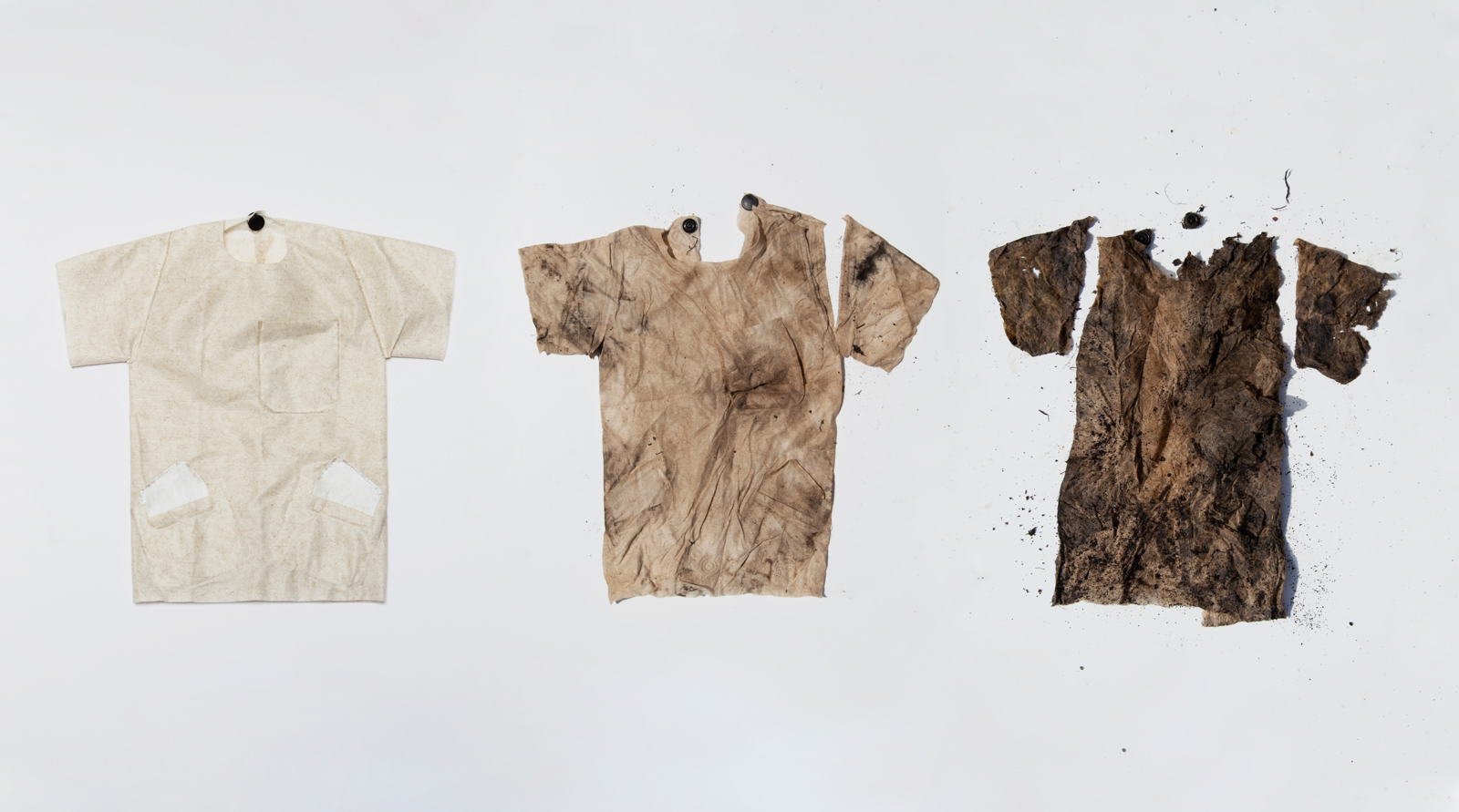
The name itself is evocative: ‘The Lost Graduation Show’. Considered one of the most anticipated exhibitions at Supersalone, the event curated by Anniina Koivu showcases around 170 projects by students from all around the globe, who graduated between 2020 and 2021 – in many respects, two lost years for a new generation of designers that were not able to physically show their work to the industry or the public.
A first for Salone del Mobile, the idea to give these graduates a platform inside the fair attracted hundreds of schools from 59 countries, which responded to the open call. ‘The original open call was for final prototypes, or prototypes that the general public could understand, not just renderings or technical projects, and I think we succeeded very well in showing these ideas in a very physical and feasible way,’ says Koivu.

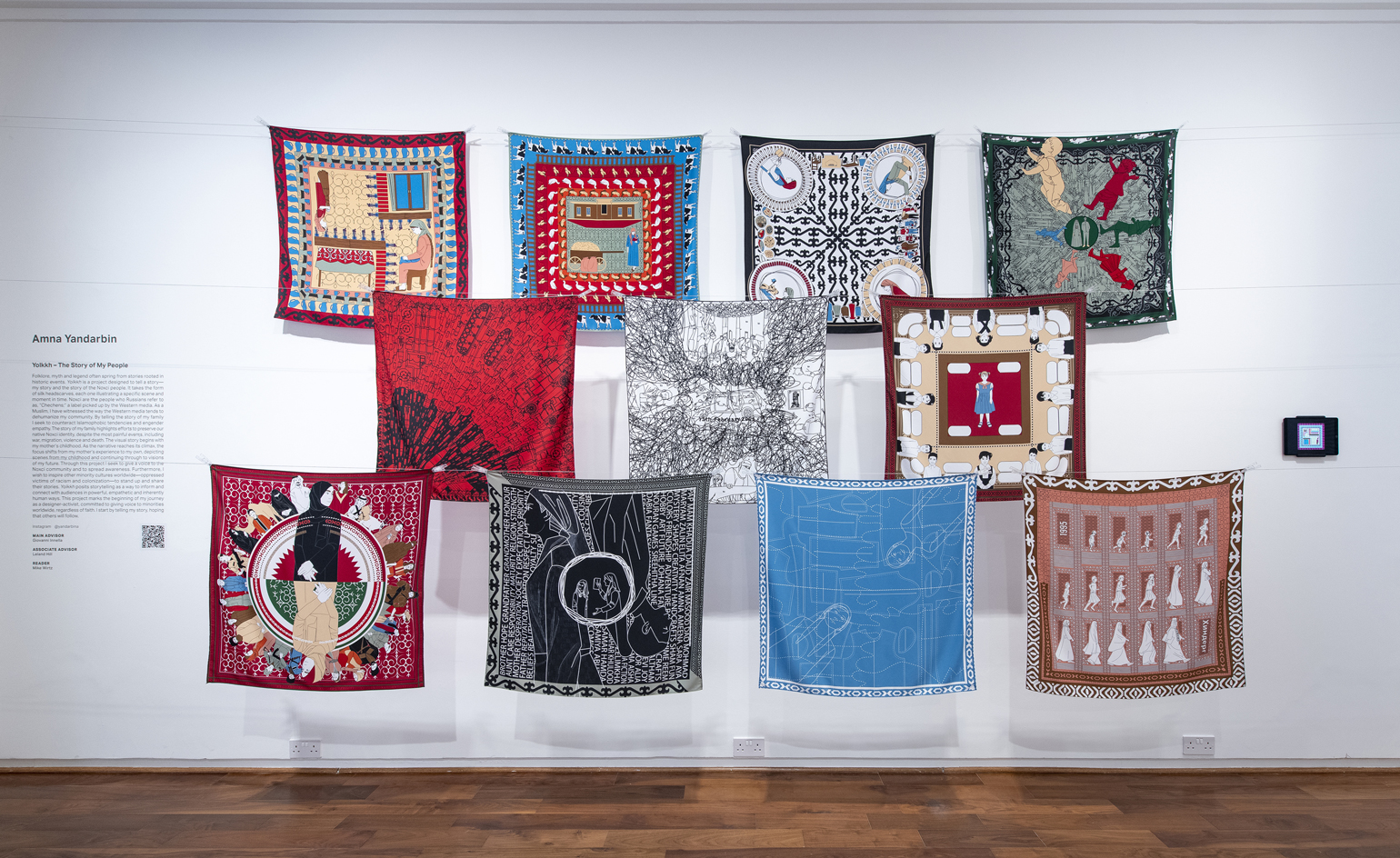
Top, Cerón López and López Velasco; and above, Amna Yandarbin
The Lost Graduation Show: projects that inspire
The projects span from a portable kit for refugees, to clean reusable menstruation pads, and a street lamp with an insect-friendly light spectrum; from toys for children with sensory needs, to a forgotten textile craft from a pre-Partition India, and an interactive installation on the price of death in every nation in the world.
RobustNest, a portable incubator for new-born babies in sub-Saharan countries, won one of the the Best of Class 2020/21 Awards, together with a single-material syringe, and a new use of oyster shells, among others: ‘I think that the jury looked very carefully for projects which go beyond ideas,’ Koivu says.
Empowering grad students while giving them such a platform made Koivu reflect on three specific directions: ‘First, we cannot necessarily speak any more about nationally located design, because the topics that the designers are touching are universal and global. Second, because of the pandemic, young designers didn’t have access to production facilities and it has been more difficult for them to get into the design industry, so they had to show a very positive proactive attitude. Third, a crisis can be a very positive trigger for rethinking things and for new, innovative ideas.’
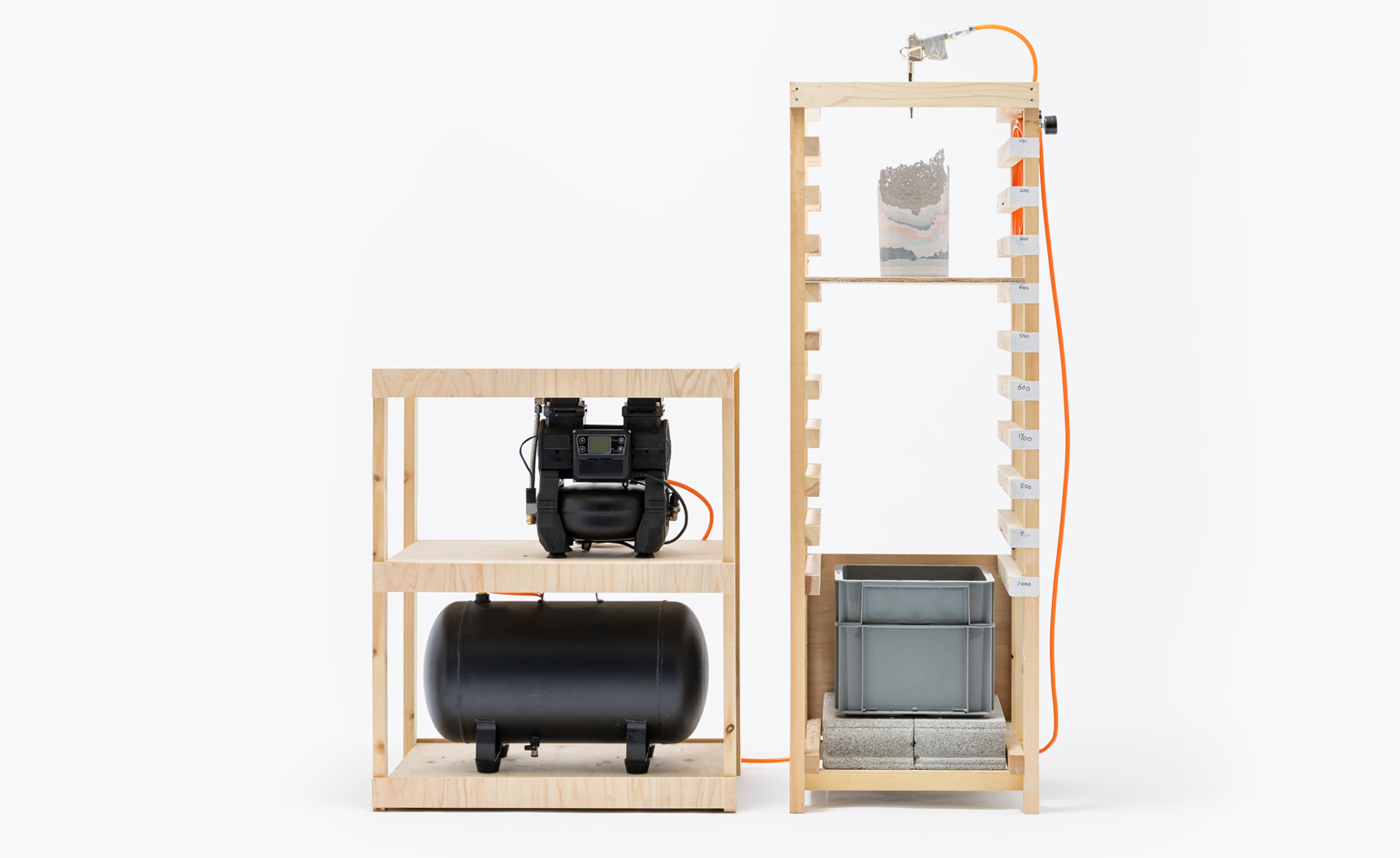
Leo Koda
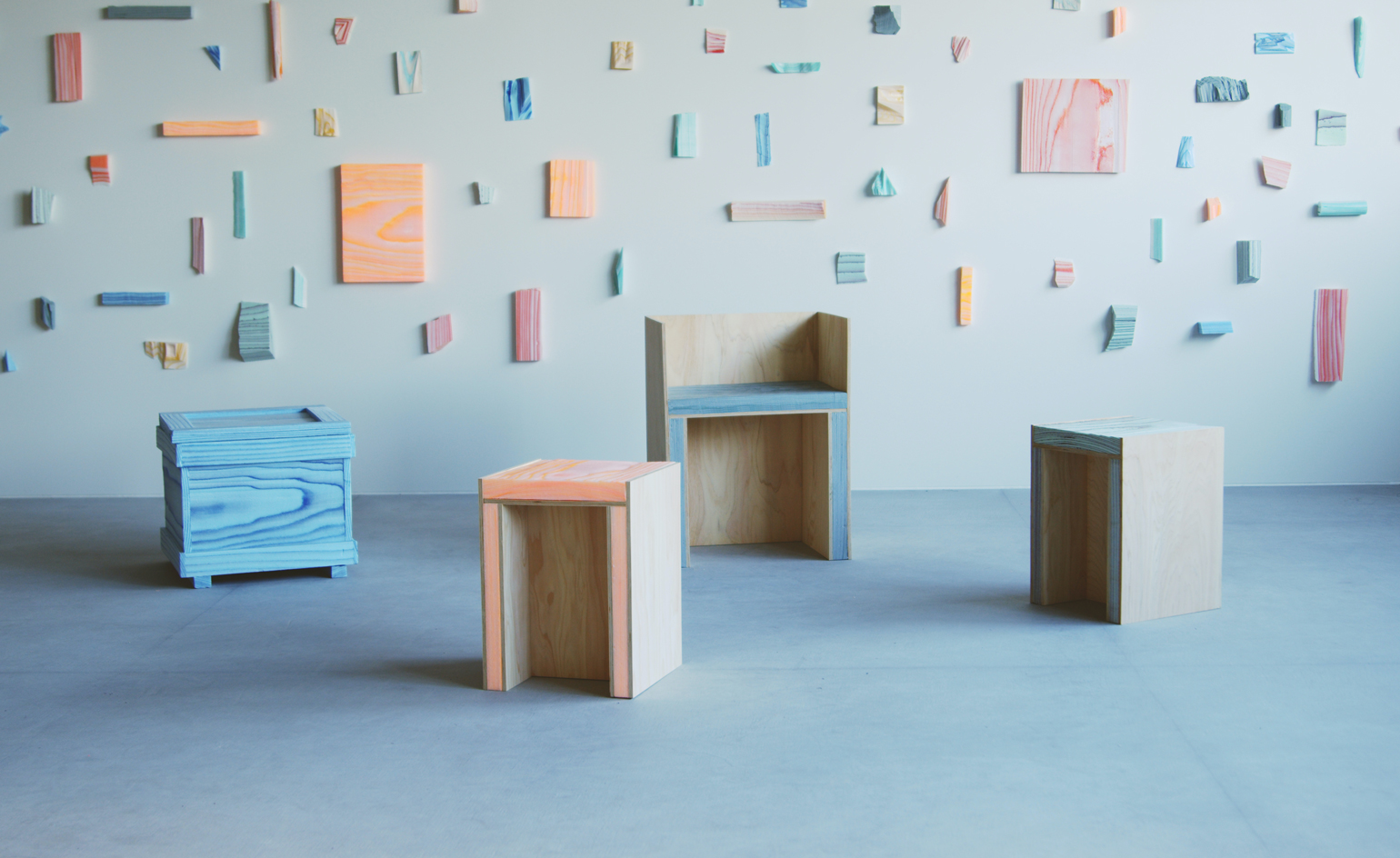
Chiaki Yoshihara
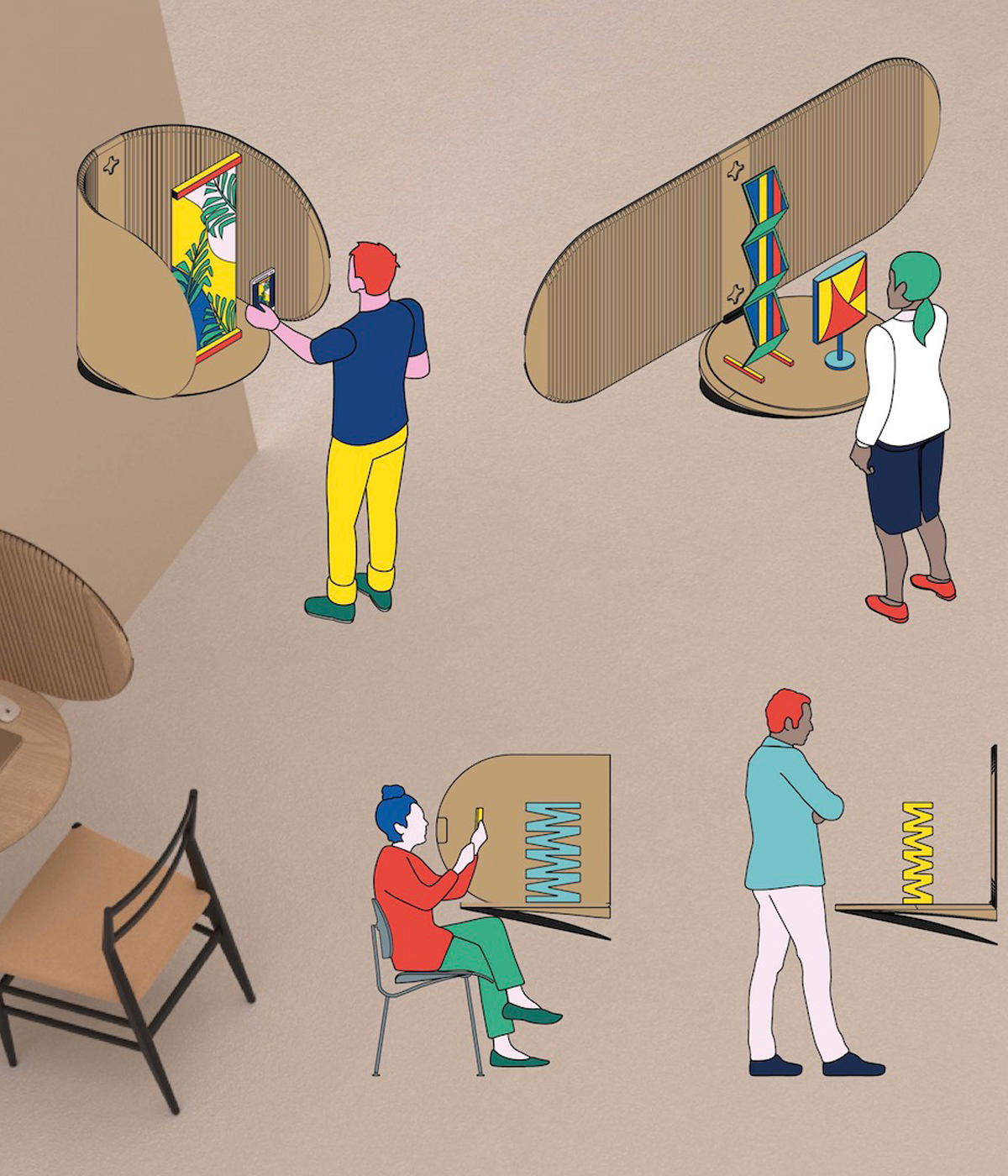
Chillemi&Riva & Ubertosi+Yegenoglu

Matteo Brasili
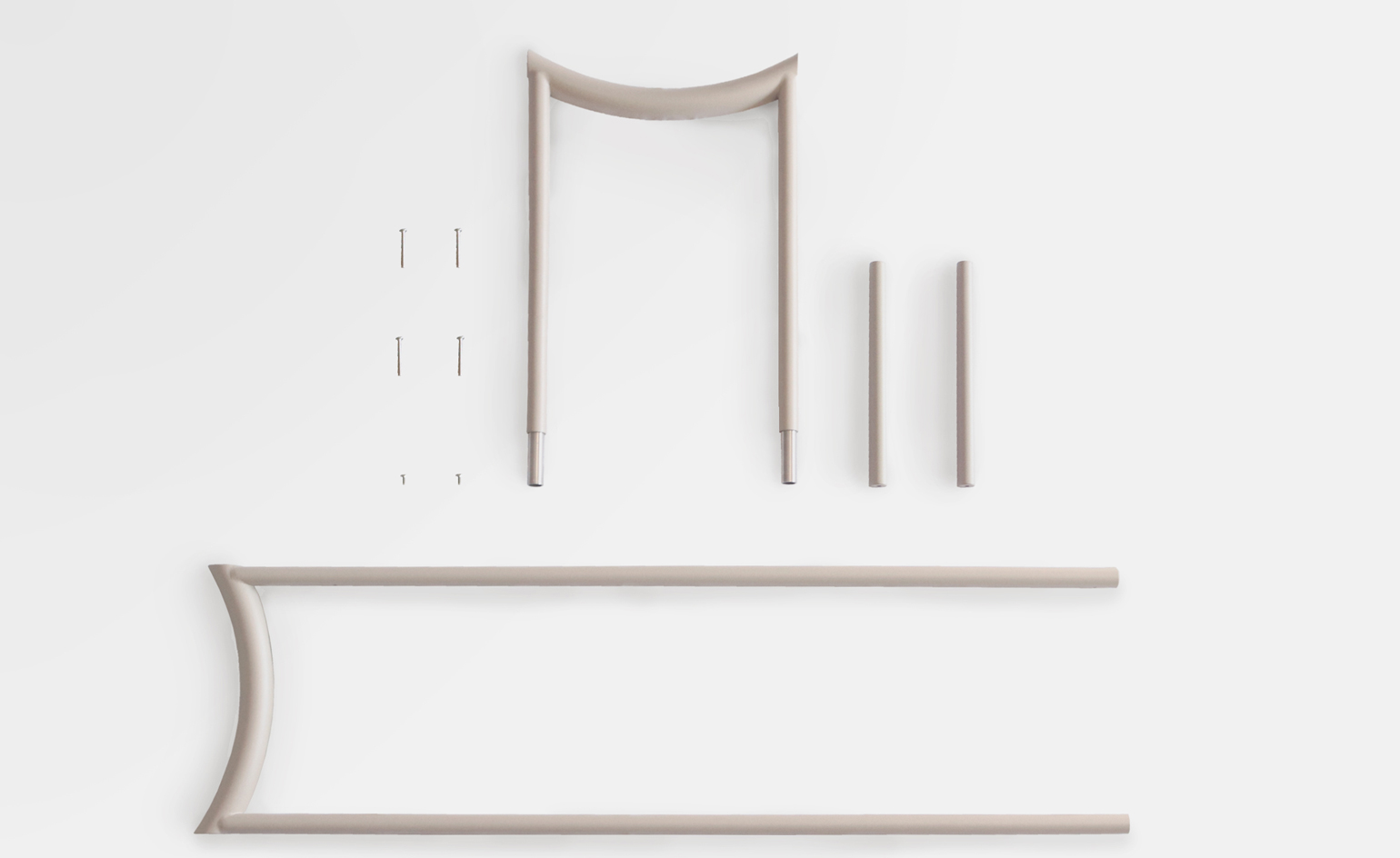
Giulia Braglia
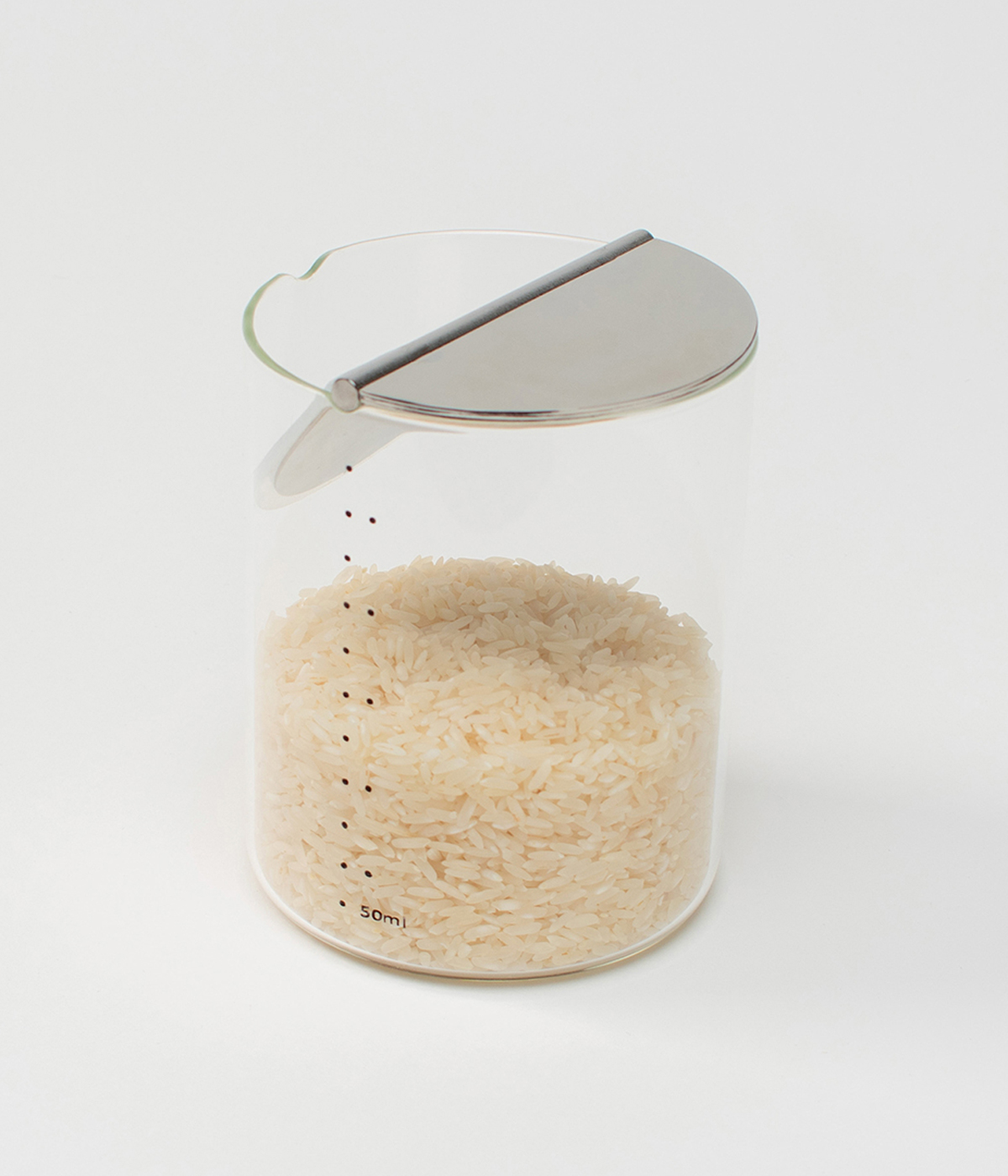
Xueyu Ji

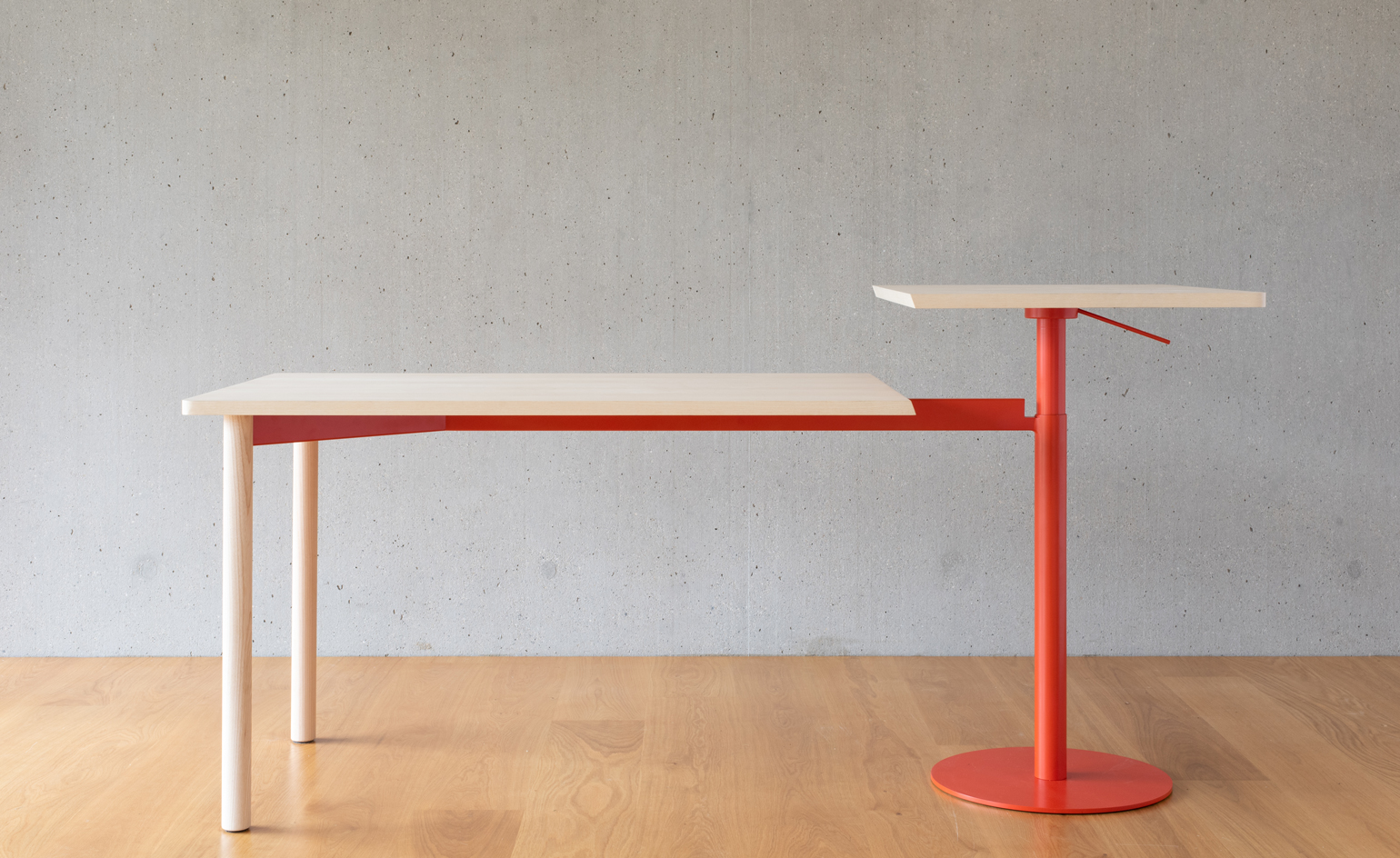
Charlotte Krzentowski
INFORMATION
Wallpaper* Newsletter
Receive our daily digest of inspiration, escapism and design stories from around the world direct to your inbox.
Cristina Kiran Piotti is an Italian-Indian freelance journalist. After completing her studies in journalism in Milan, she pursued a master's degree in the economic relations between Italy and India at the Ca' Foscari Challenge School in Venice. She splits her time between Milan and Mumbai and, since 2008, she has concentrated her work mostly on design, current affairs, and culture stories, often drawing on her enduring passion for geopolitics. She writes for several publications in both English and Italian, and she is a consultant for communication firms and publishing houses.
-
 Japan in Milan! See the highlights of Japanese design at Milan Design Week 2025
Japan in Milan! See the highlights of Japanese design at Milan Design Week 2025At Milan Design Week 2025 Japanese craftsmanship was a front runner with an array of projects in the spotlight. Here are some of our highlights
By Danielle Demetriou
-
 Tour the best contemporary tea houses around the world
Tour the best contemporary tea houses around the worldCelebrate the world’s most unique tea houses, from Melbourne to Stockholm, with a new book by Wallpaper’s Léa Teuscher
By Léa Teuscher
-
 ‘Humour is foundational’: artist Ella Kruglyanskaya on painting as a ‘highly questionable’ pursuit
‘Humour is foundational’: artist Ella Kruglyanskaya on painting as a ‘highly questionable’ pursuitElla Kruglyanskaya’s exhibition, ‘Shadows’ at Thomas Dane Gallery, is the first in a series of three this year, with openings in Basel and New York to follow
By Hannah Silver
-
 Eight designers to know from Rossana Orlandi Gallery’s Milan Design Week 2025 exhibition
Eight designers to know from Rossana Orlandi Gallery’s Milan Design Week 2025 exhibitionWallpaper’s highlights from the mega-exhibition at Rossana Orlandi Gallery include some of the most compelling names in design today
By Anna Solomon
-
 Bentley’s new home collections bring the ‘potency’ of its cars to Milan Design Week
Bentley’s new home collections bring the ‘potency’ of its cars to Milan Design WeekNew furniture, accessories and picnic pieces from Bentley Home take cues from the bold lines and smooth curves of Bentley Motors
By Anna Solomon
-
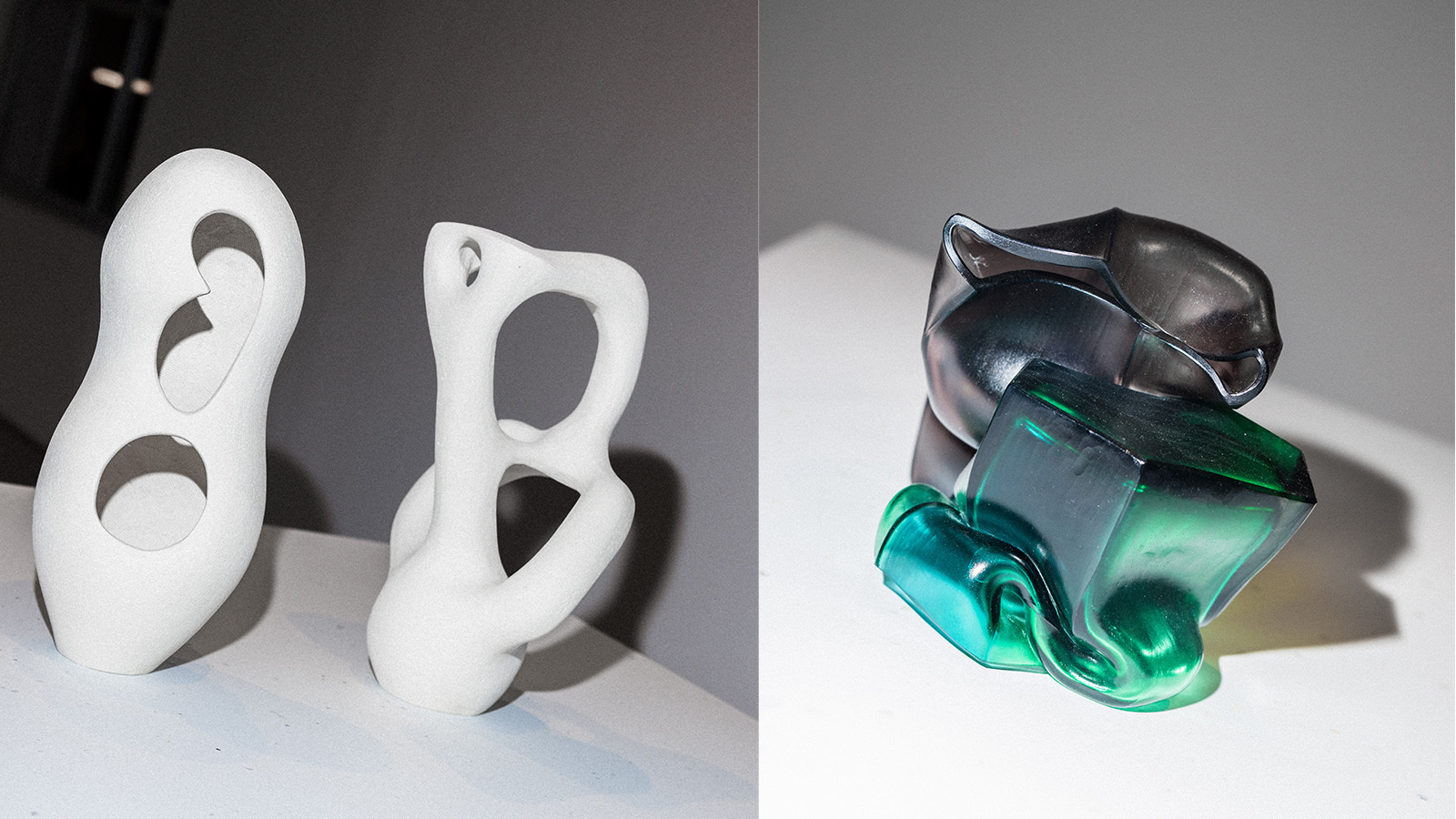 StoneX partners with Wallpaper* for material alchemy at Milan Design Week and beyond
StoneX partners with Wallpaper* for material alchemy at Milan Design Week and beyondThe natural stone purveyor teams up with Wallpaper* for a three-year partnership of material adventures, starting with an exhibition at Triennale di Milano
By Simon Mills
-
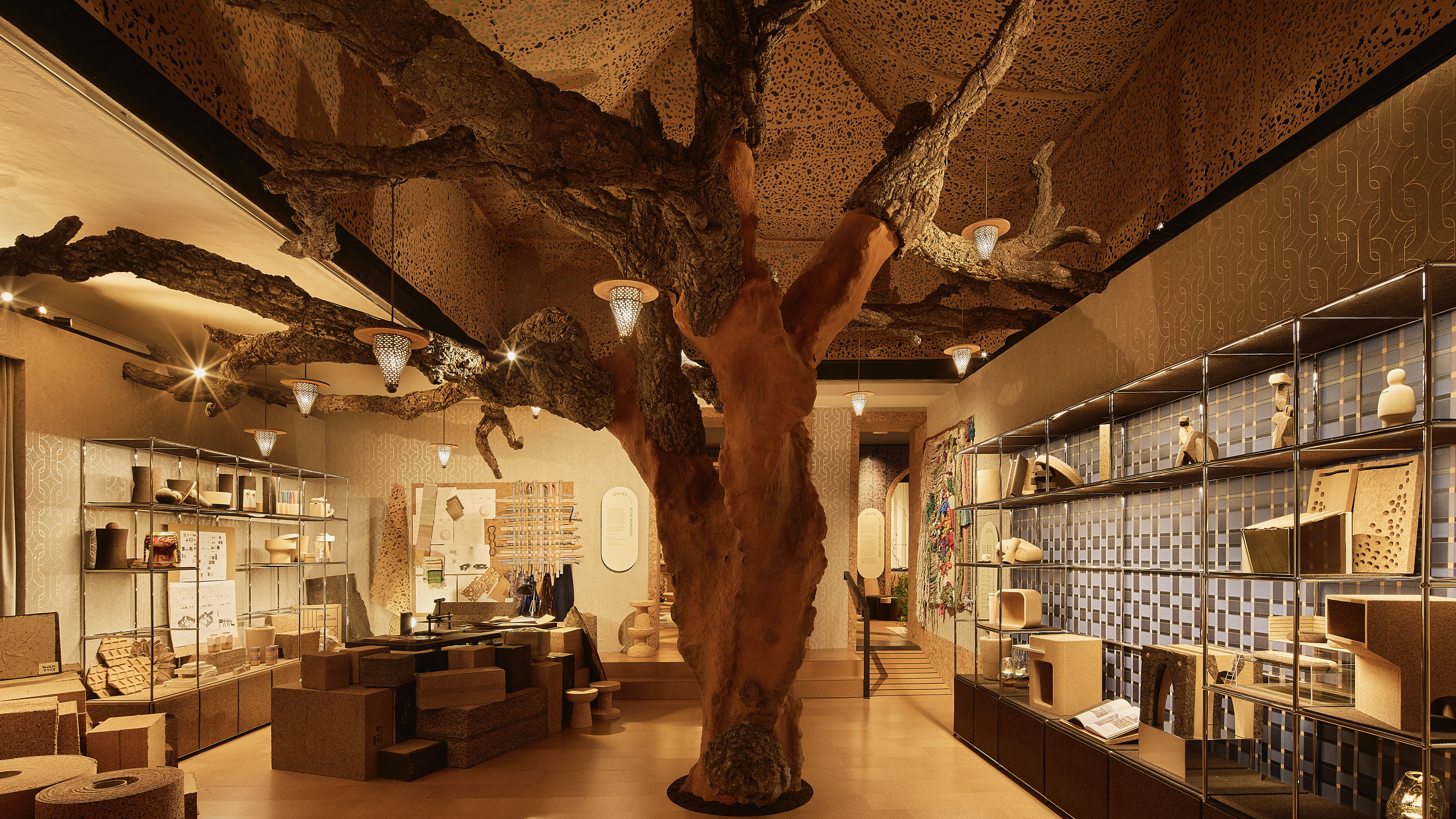 David Rockwell’s Milan Design Week presentation is a love letter to cork
David Rockwell’s Milan Design Week presentation is a love letter to corkRockwell Group’s Casa Cork installation showcases this under-appreciated material, which is infinitely recyclable and sequesters carbon for decades
By Anna Solomon
-
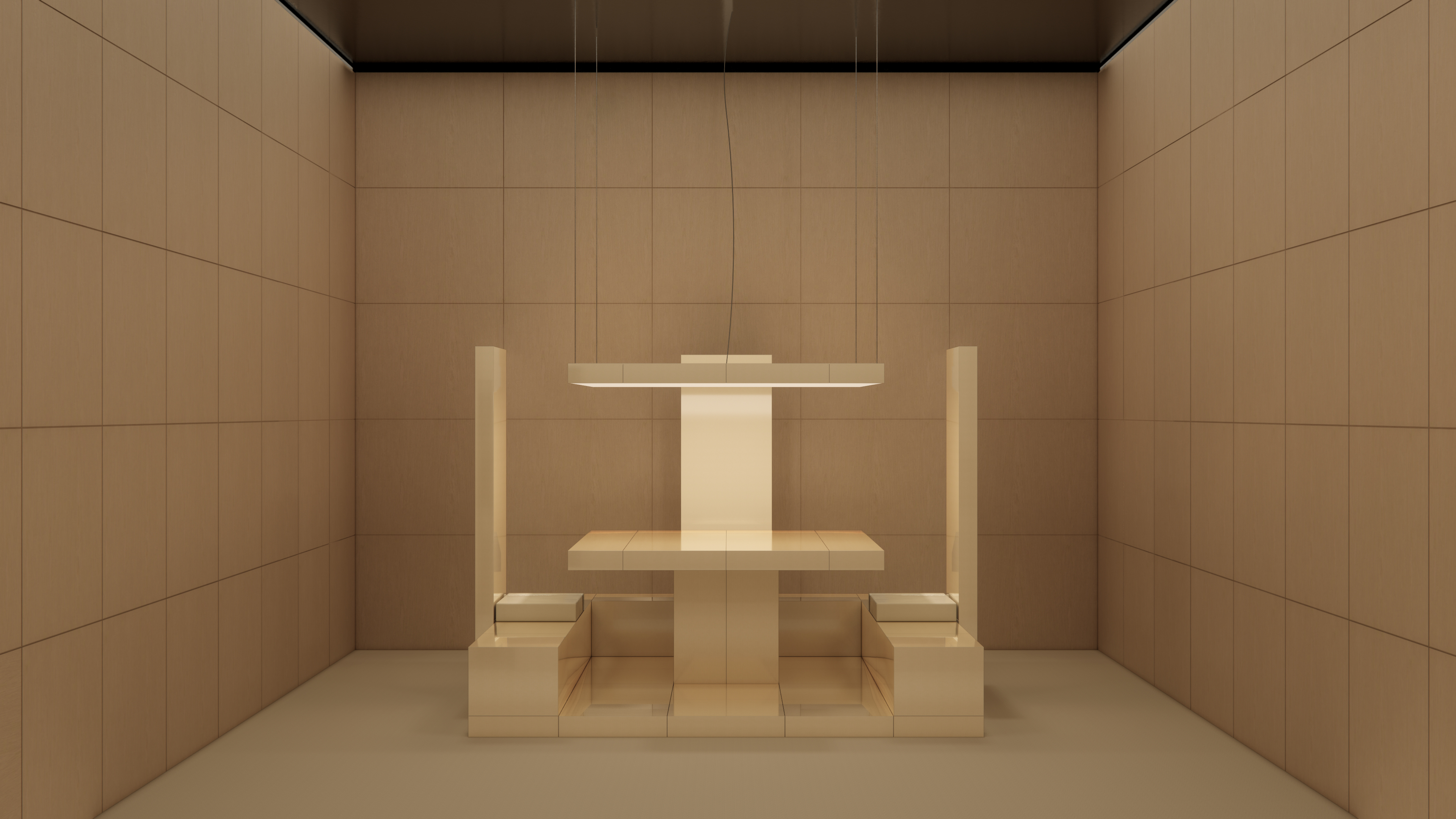 Emerging galleries to discover during Milan Design Week
Emerging galleries to discover during Milan Design WeekWallpaper’s Milan editor has the inside track on the younger design galleries coming to town
By Laura May Todd
-
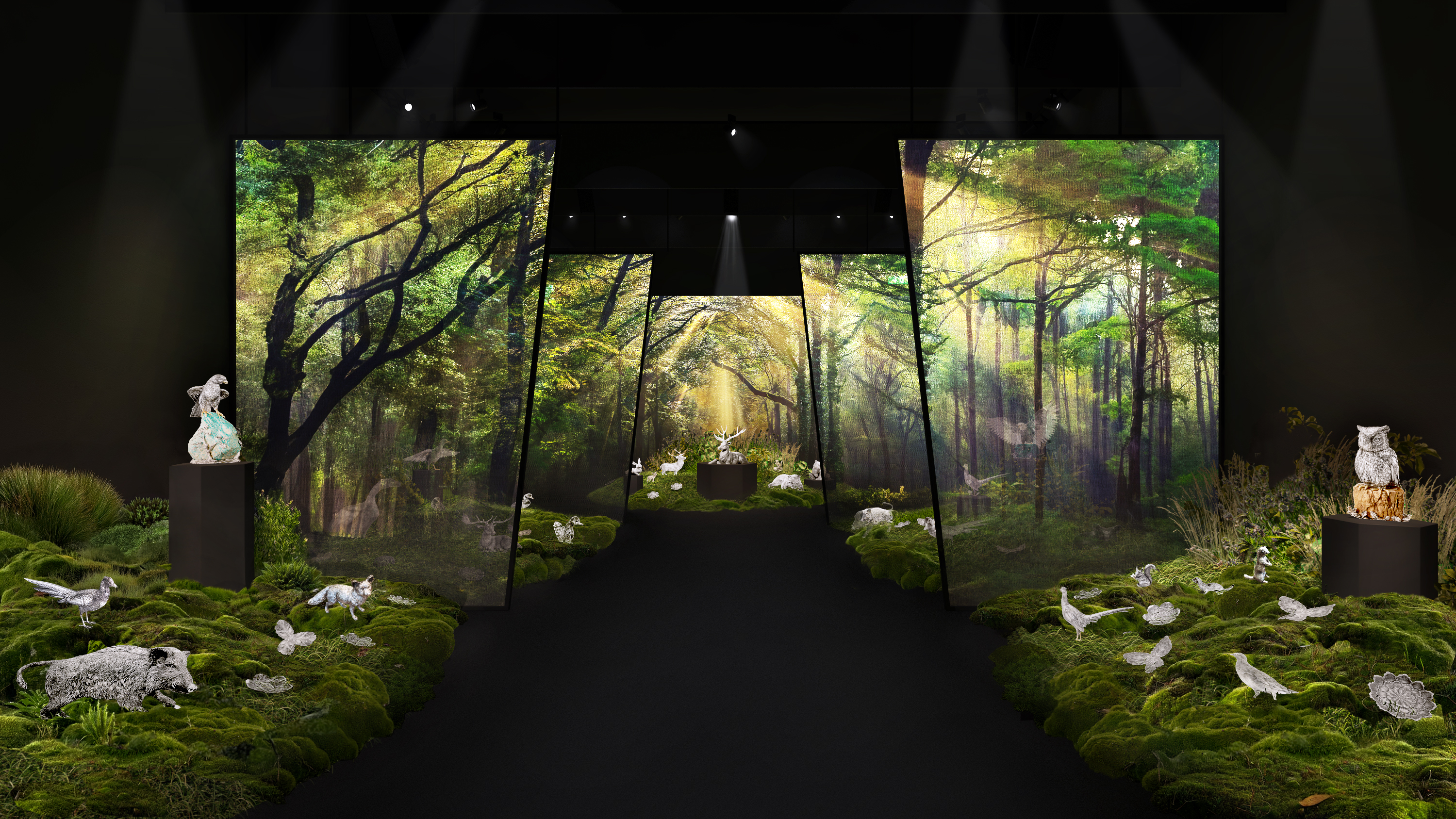 Buccellati brings the forest and Furry Animals to Milan Design Week
Buccellati brings the forest and Furry Animals to Milan Design WeekThe jewellery and silverware maison falls back on tradition for its Milan showcase, presenting its now-emblematic collection of intricately crafted creatures
By Laura May Todd
-
 Where next for Salone del Mobile? Maria Porro on the future of the world’s biggest furniture fair
Where next for Salone del Mobile? Maria Porro on the future of the world’s biggest furniture fairAhead of Salone del Mobile 2025 in Milan, we sit down with its president to talk design, data and forging the event’s future in a fast-changing world
By Hugo Macdonald
-
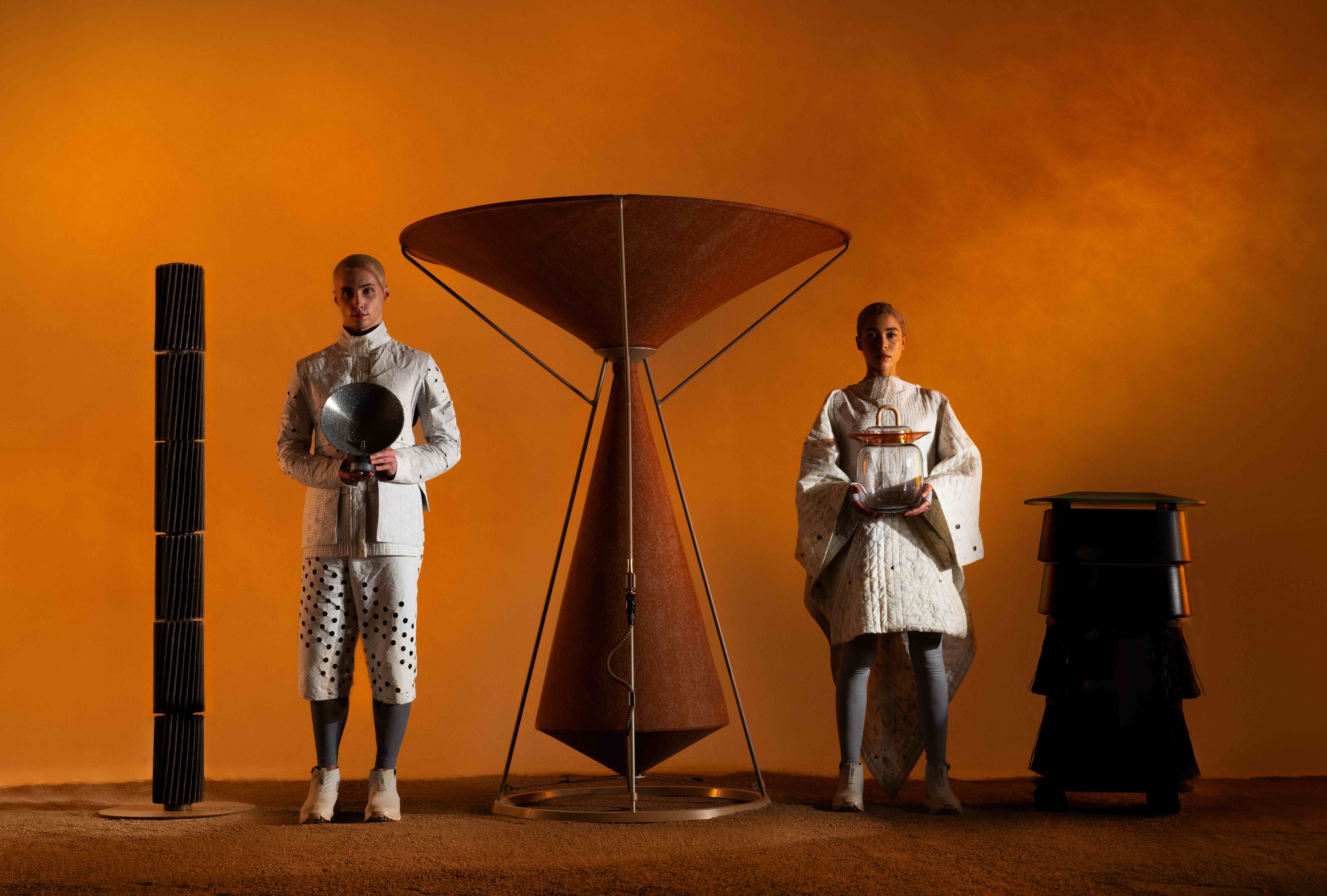 What to see at Milan Design Week 2025
What to see at Milan Design Week 2025A guide to some of the events the Wallpaper* team is checking out at Milan Design Week (7–13 April) – from public installations and major launches to standout venues and must-see exhibitions
By Hugo Macdonald